10 Terrifying Ways Scientists Say The World Could End
Lists, ShockingThe impending doom of the planet is something that captivates almost every single person around the world. This is evident by the sheer number and popularity of disaster films and entertainment that deal with Armageddon-like events. Part of this fascination obviously comes from the fact that we live on Earth and want to carry on doing so but another element of it comes from the incredible power and terror that such events can create. Unfortunately though, end of the world scenarios are not just the domain of fiction. There have been plenty of mass extinction events throughout history, leading to the death of almost every single living thing. Here, we look at some of the scariest ways the world could actually end.
Pandemic
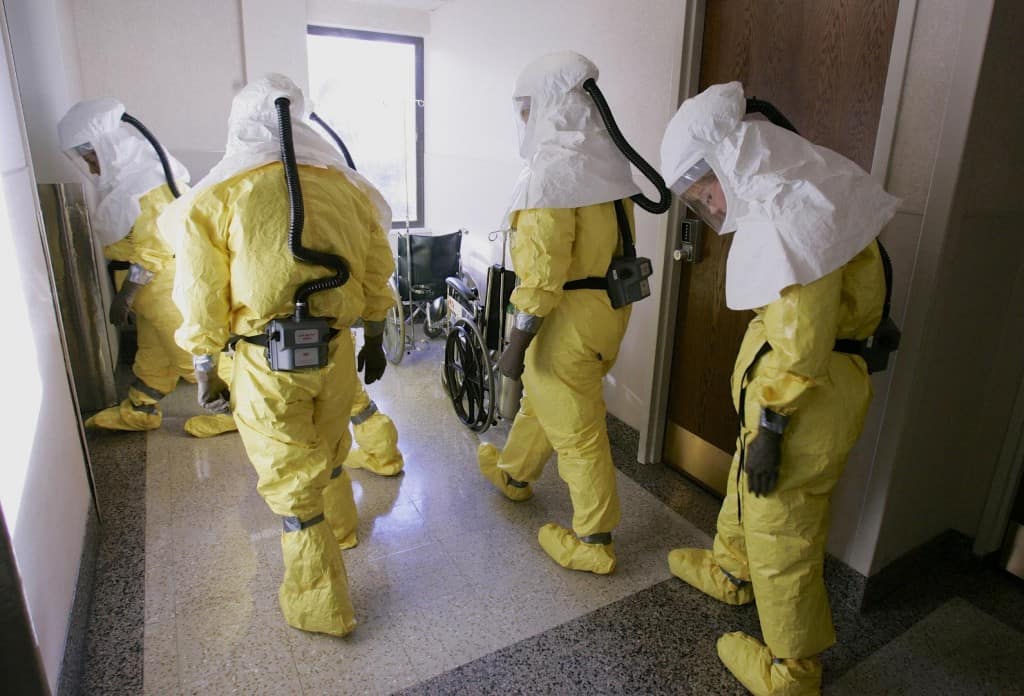
Recent outbreaks of diseases such as Ebola, bird flu and SARS have shown how easily and quickly they can spread. Previous pandemics such as the bubonic plague caused untold misery throughout the world but modern day versions could be even deadlier thanks to the fact that the world is so interconnected. As people can travel to almost any country on the planet in just a few hours, such pandemics could spread at a rapid rate and lead to billions of deaths.
Asteroid
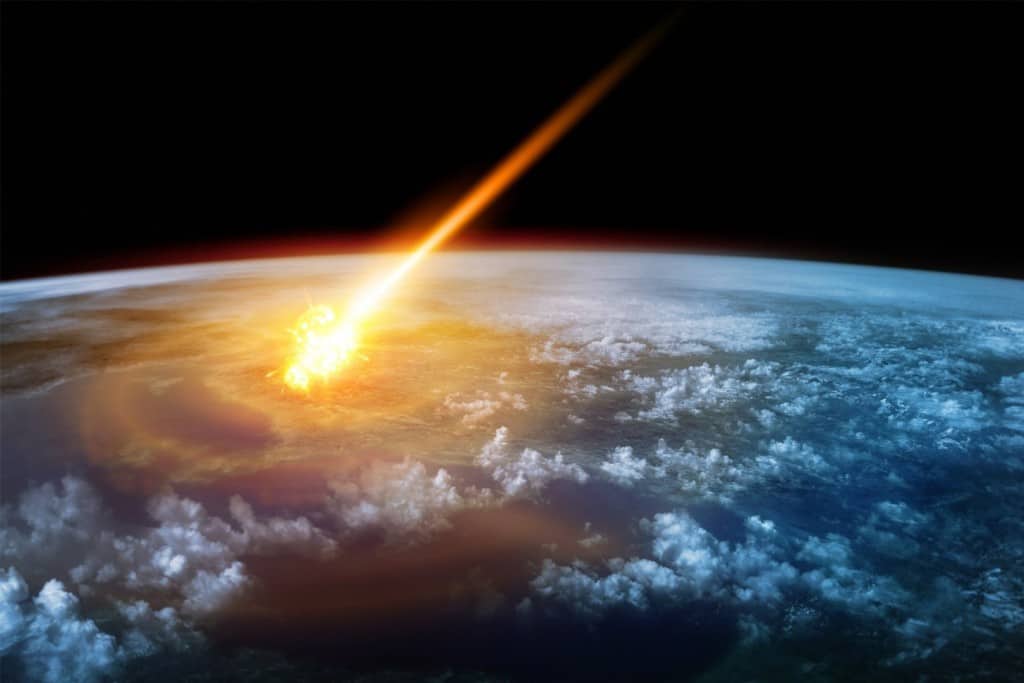
Most people will have learned in school that the dinosaurs likely died out due to a massive asteroid hitting the planet. While objects from space continuously enter the atmosphere, most of them are entirely harmless and will simply burn up before landing on the surface. Larger asteroids though, could pose a real threat, opening up the possibility to a similar type of scenario that led to almost all life being destroyed 65 million years ago. What makes matters worse is that scientists cannot monitor a large portion of space so that an asteroid could hit without very much warning.
Antibiotic Resistance

Modern medicine is hugely dependent on antibiotics, drugs that can fight off infections and allow millions of people to live healthily. However, our reliance on the drugs and the fact that they are often prescribed unnecessarily to humans and animals is leading to certain strains of bacteria becoming resistant to the drugs. This could lead to a catastrophic turn of events as if these strains spread, antibiotics would cease to be of any use, leading to millions dying from infections that would normally be harmless and could easily be treated in just a few days. It would also mean that almost all types of surgery and other invasive treatments, such as chemotherapy, would be at serious risk.
Clathrate Gun Hypothesis
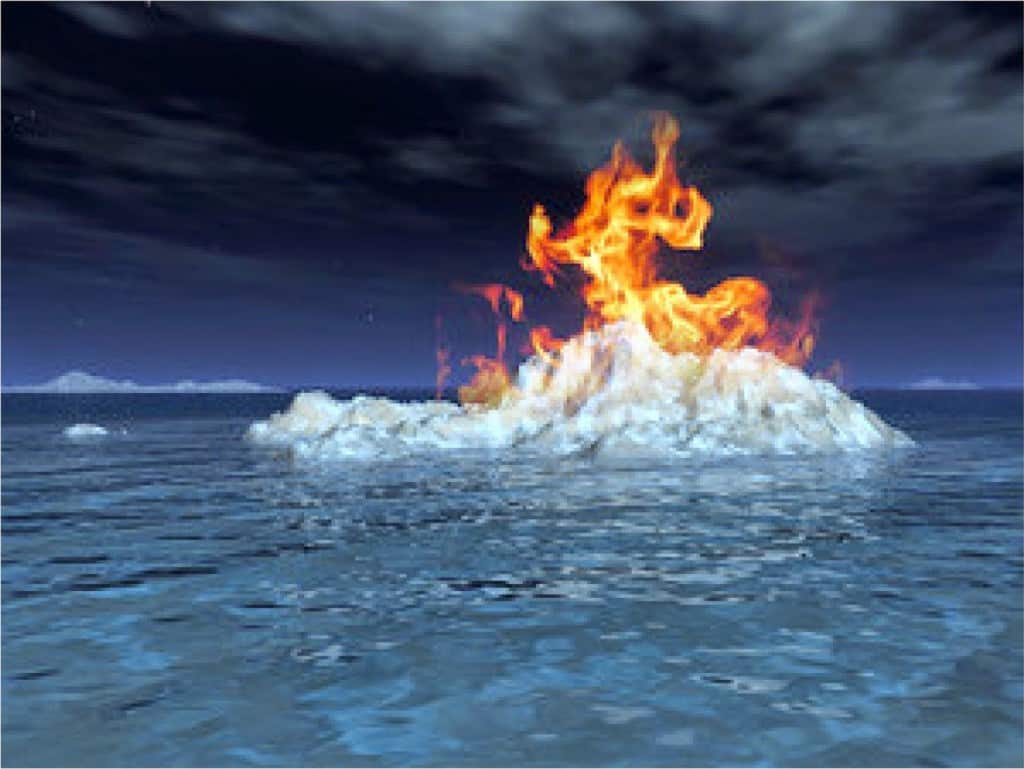
The clathrate gun hypothesis states that increasing sea temperatures, possibly from climate change, can lead to a sudden release of methane from the ocean floor. The amount of gas released would be colossal and cause a huge amount of change in the environment. Scientists believe this scenario has happened twice before on the planet, each time killing millions of animals and in the first instance it is believed to have wiped out 96% of all sea life.
Technological Singularity

Many technology experts and researchers predict that the next 100 years could see an event known as the technological singularity take place. This would occur when artificial intelligence reaches a state whereby it is capable of carrying out any intellectual task that a human can, with the consequences of such a scenario not known. This type of intelligence could gain self-awareness and be able to reprogram their own software, leading to a huge variety of potential problems that could wipe out humanity.
Overpopulation

For a long period of time, experts have been worried about the possible effects that overpopulation could have. The human species has already grown rapidly to 7 billion people and if that number continues to increase at such a rate, the supply of essentials such as food, water, medicine and warmth could become a serious problem. Fortunately, some researchers think that the population will naturally stabilize in the coming years and won’t create much of a problem.
Supervolcano
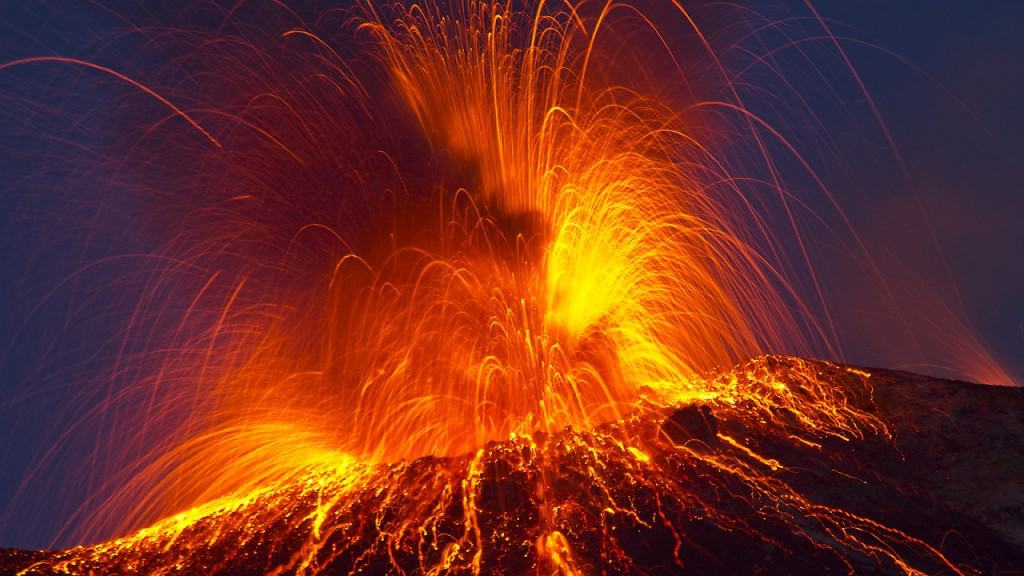
Volcanic eruptions are something that many people have had to live through, however a supervolcano would be capable of unprecedented destruction. Such eruptions are millions of times more powerful than an ordinary volcano and can be the equivalent of thousands of nuclear bombs. Previous eruptions of this nature have been able to wipe out virtually all living organisms, with the last one reducing the human race to just 20,000.
Solar Flare
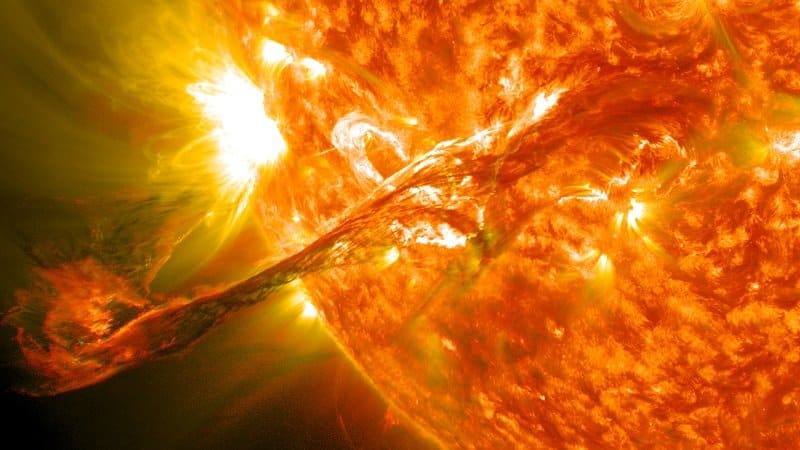
Solar flares are not rare events, in fact they happen all the time, sending electrons and ions through space and into the planet. Every now and again, the sun has a much larger than normal solar flare that is accompanied by a coronal mass ejections. These are capable of sending massive amounts of radiation into the Earth’s atmosphere, causing weather systems to fluctuate and preventing electronic devices from working correctly.
Fungal Epidemic

While doctors and researchers have come up with effective ways of treating bacterial infections with antibiotics, much less is known about eradicating fungal infections. Previous species of fungus have been able to decimate entire populations of animals, such as frogs and other amphibians, in the past and any such fatal version that evolved to spread in humans could be devastating, leading to massive loss of life.
Verneshot
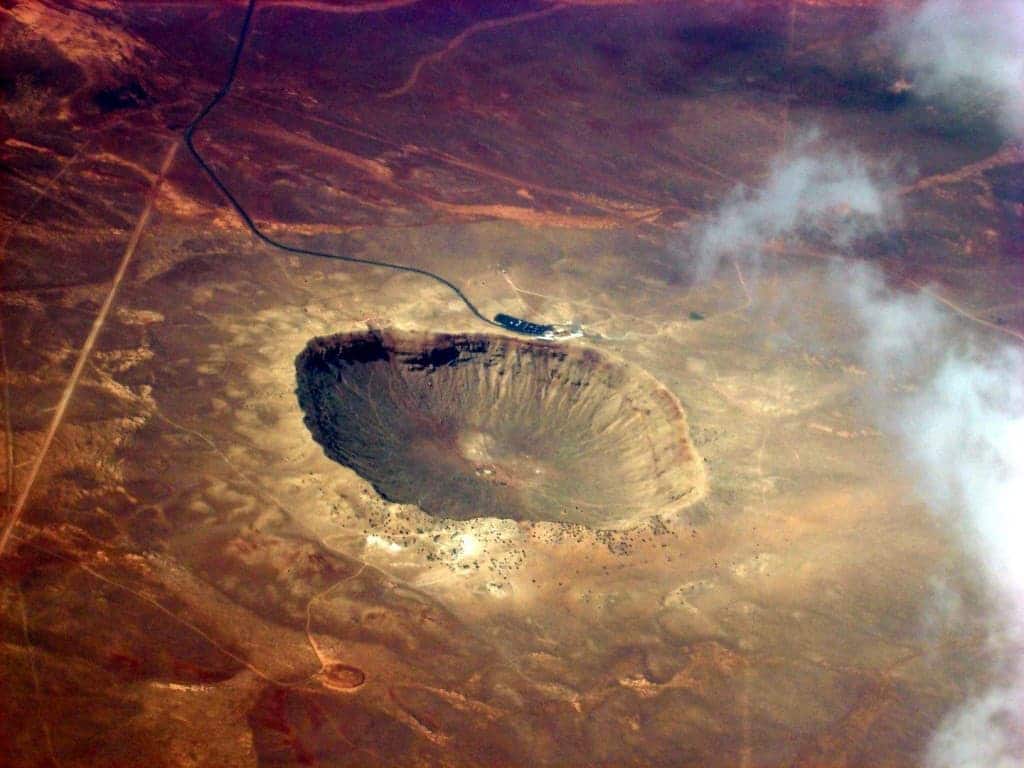
Verneshot is a theoretical disaster that could happen as the result of a supervolcano erupting. Rather than simply pouring carbon dioxide, dust and lava into the atmosphere, the explosion could also launch part of the Earth’s crust into a sub-orbital trajectory. This vast piece of material would then fall back to earth and have a similar effect as an asteroid strike, effectively combining the destructive power with a volcanic eruption. While there is no proof that a verneshot has ever occurred before, evidence suggests they may have been responsible for several mass extinctions.



